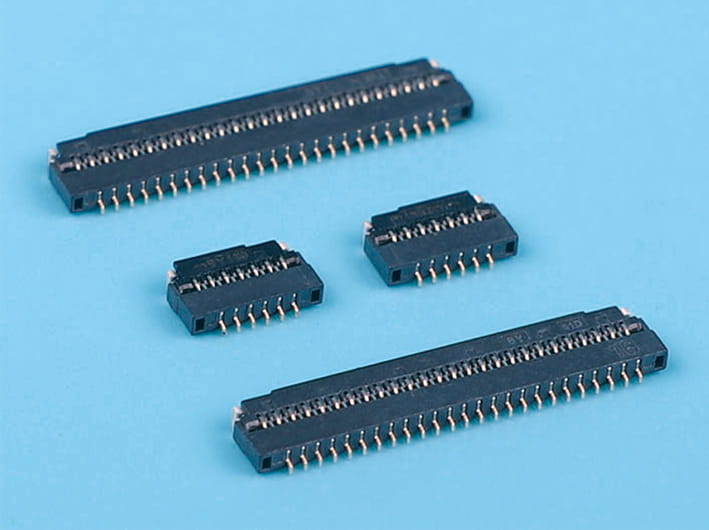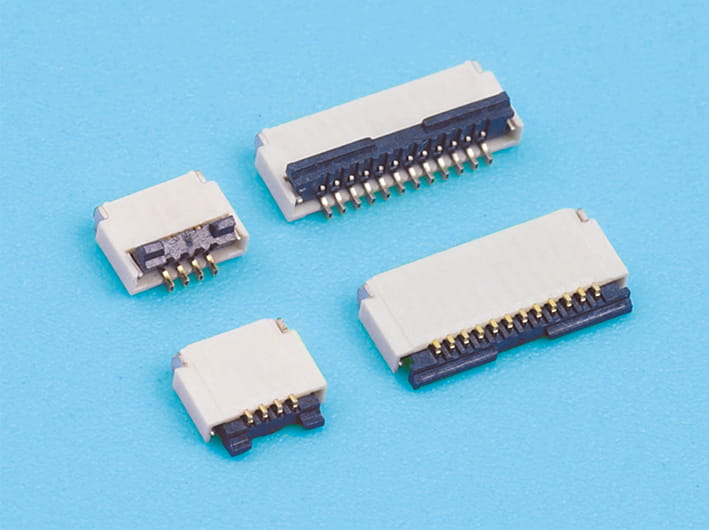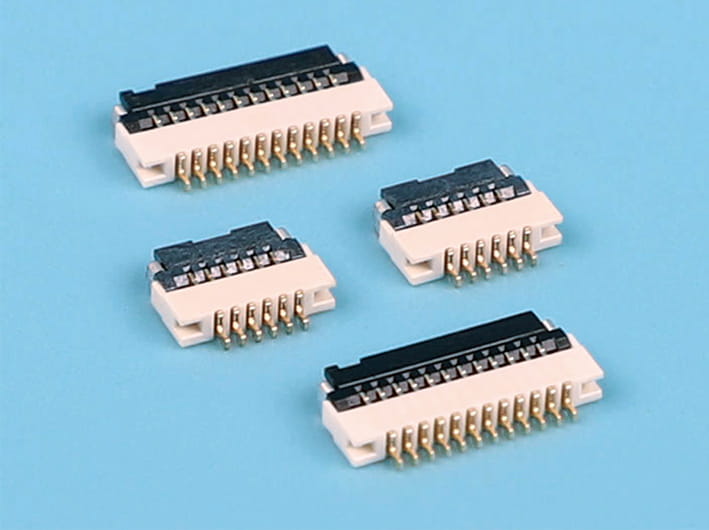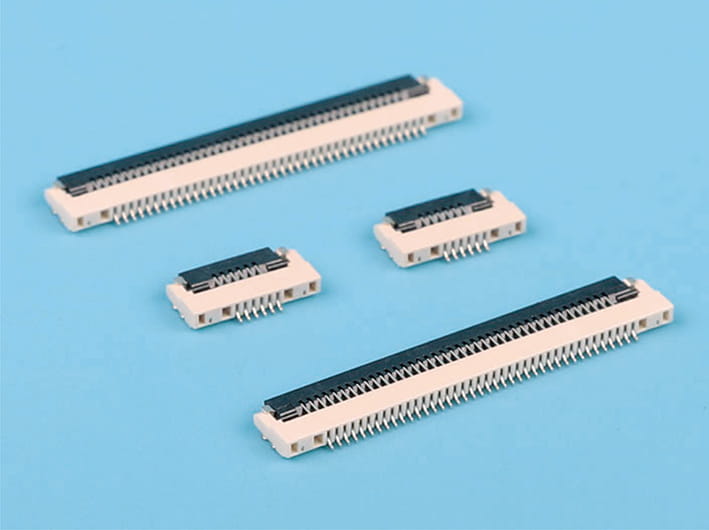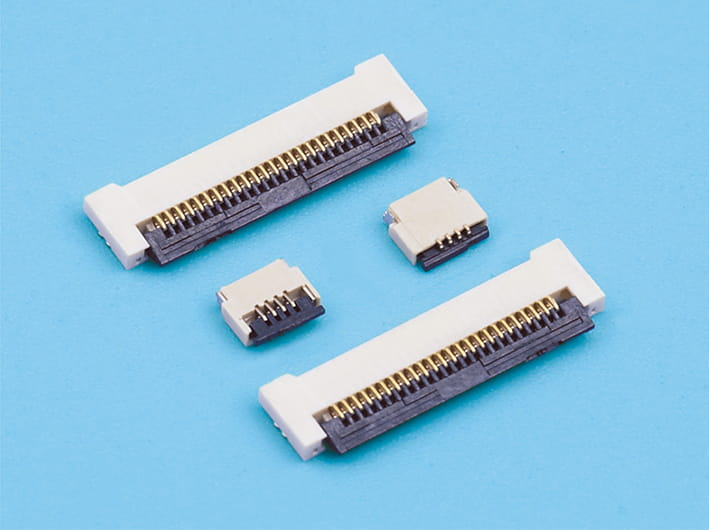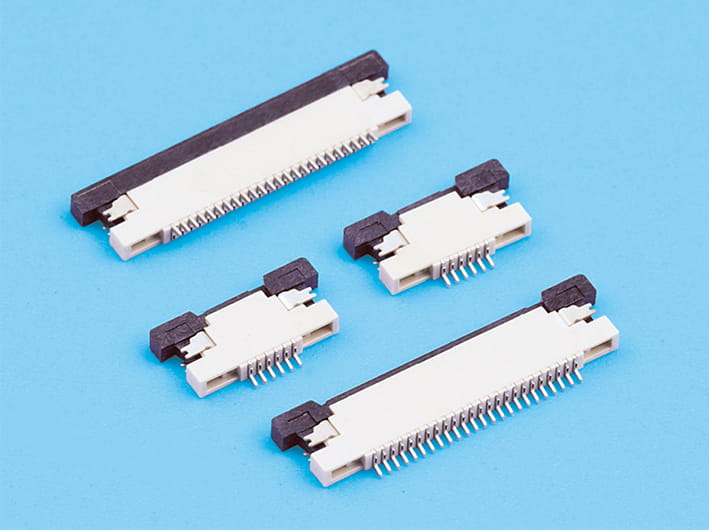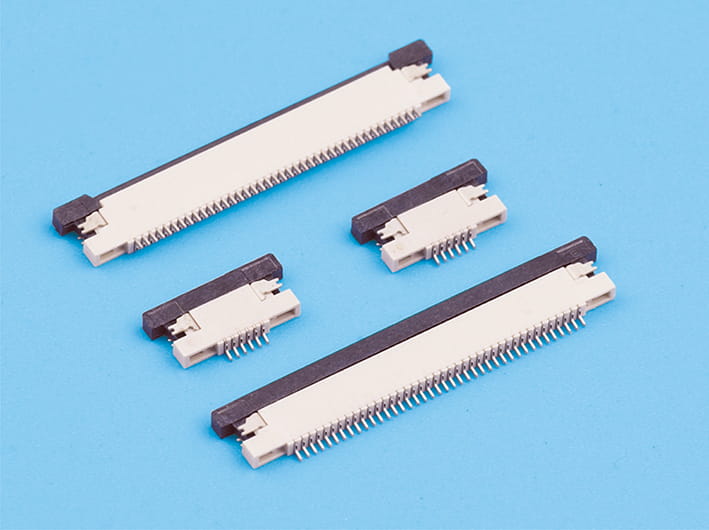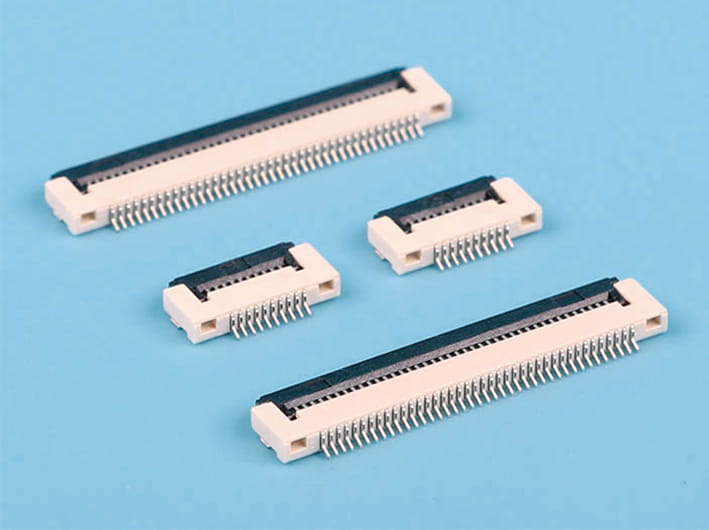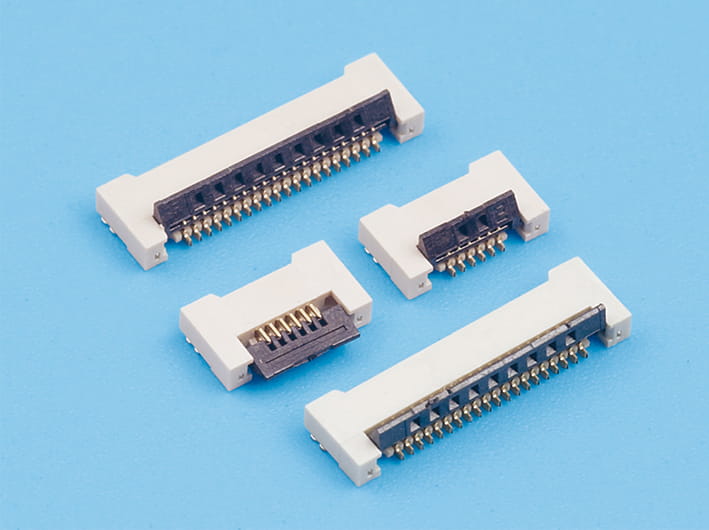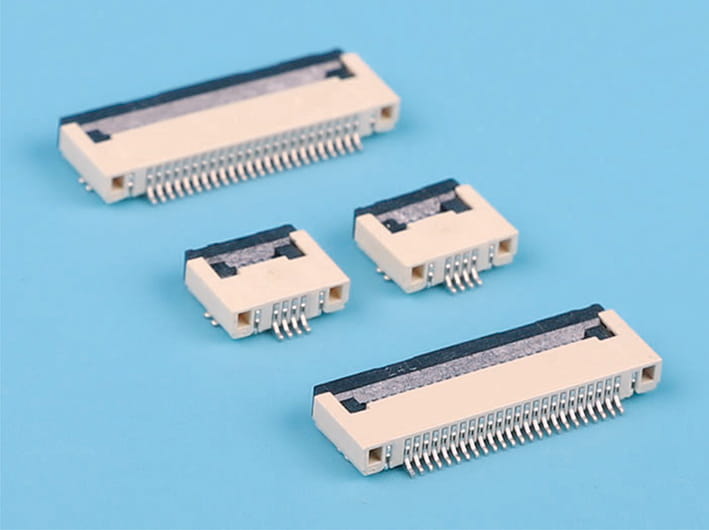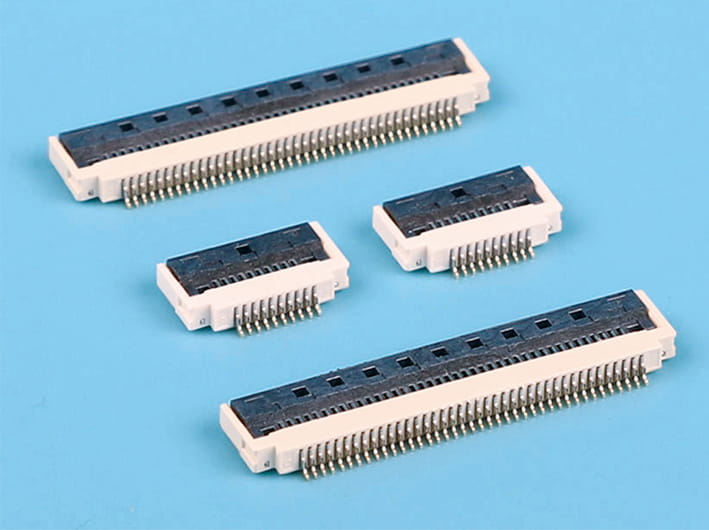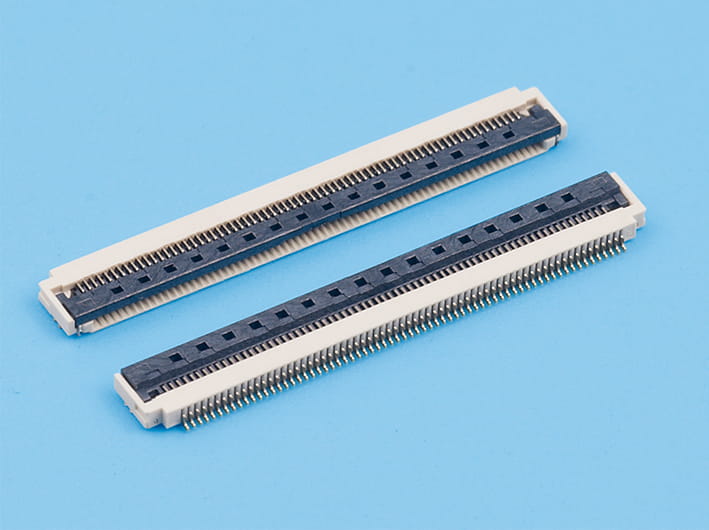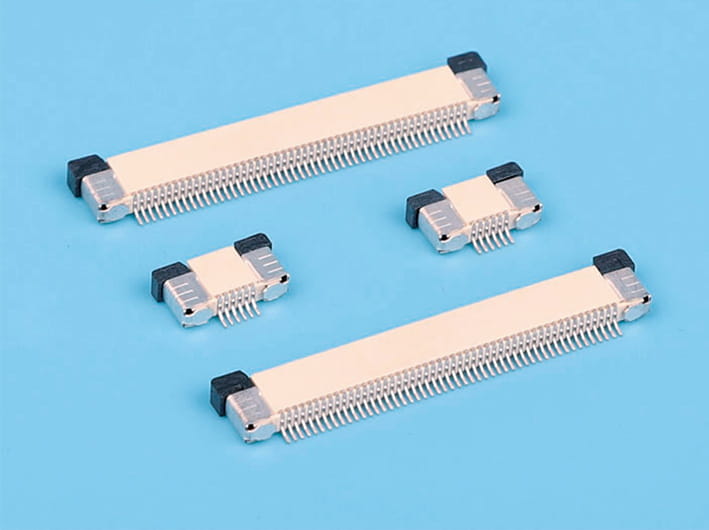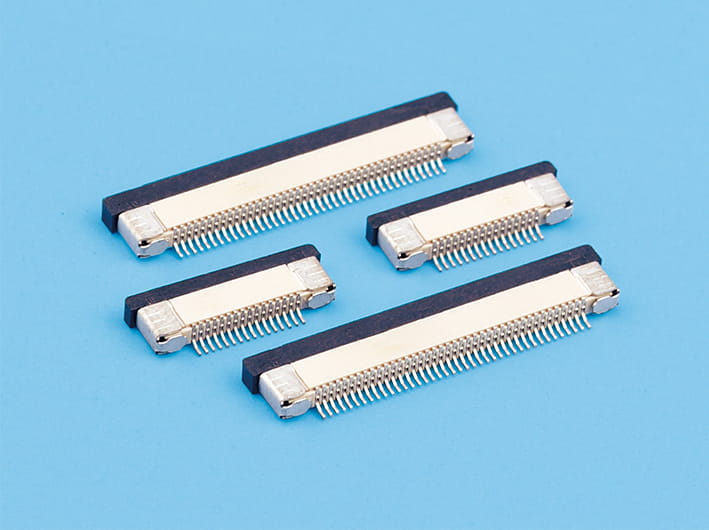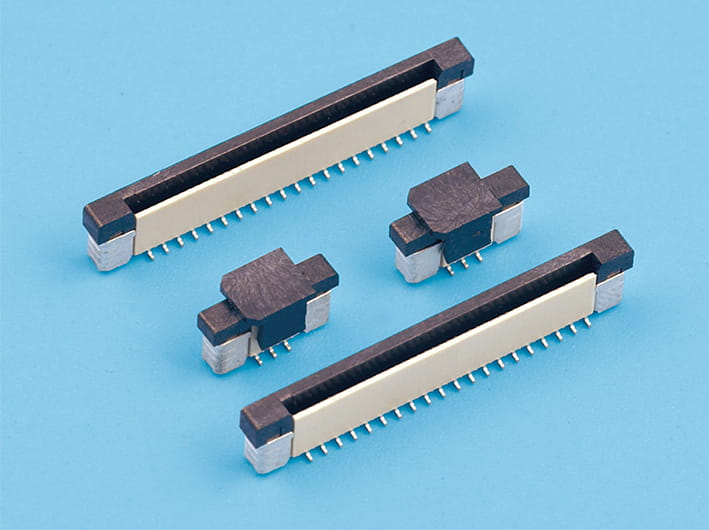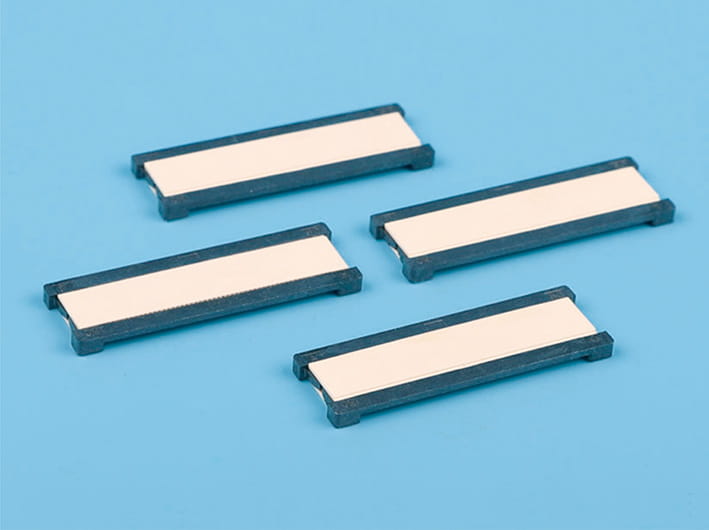How the Thickness and Width of FFC Ribbon Cable Influence Electrical Performance and Durability
Flexible Flat Cables, commonly known as FFC Ribbon Cables, are widely used in various electronic devices due to their slim profile and flexibility. One of the crucial factors that directly impact the performance and reliability of these cables is their physical dimensions, particularly thickness and width. Understanding how these two parameters affect the cable’s electrical, mechanical, and thermal properties is essential for selecting the right it for any application.

The Role of Thickness in FFC Ribbon Cable Performance
Thickness in it primarily refers to the combined height of the conductor and the insulation layers. A thicker cable generally contains more insulation material, which can improve the cable’s voltage rating by providing better dielectric strength. However, increased thickness may also affect flexibility, making the cable less suitable for applications requiring frequent bending or tight radii.
From an electrical standpoint, thicker conductors within the cable reduce electrical resistance, which helps improve current-carrying capacity and reduces power loss. This is especially important in applications where higher currents are involved. Conversely, thinner cables offer more flexibility but may face limitations in current capacity due to higher resistance.
Width and Its Impact on Signal Integrity
The width of an FFC Ribbon Cable relates to the total number of conductors and the spacing between them. A wider cable can accommodate more individual conductors, which allows for increased signal density and the ability to handle more complex electronic circuits.
However, as the width increases, so does the potential for crosstalk—electrical interference between adjacent conductors. The spacing between conductors within the width is critical; insufficient spacing can degrade signal integrity, especially at higher frequencies. Designers must balance the need for compactness with the requirements for maintaining signal quality.
Mechanical Considerations of Thickness and Width
Both thickness and width influence the mechanical strength and durability of an FFC Ribbon Cable. Thicker cables tend to be more robust and resistant to damage during handling or installation. However, this added thickness can limit flexibility, which is a key advantage of it.
Similarly, a wider cable is generally less flexible and more prone to mechanical stress when bent, potentially causing conductor breakage or delamination over time. Therefore, applications involving repeated flexing or dynamic movements require careful consideration of these dimensions to prevent premature failure.
Thermal Management and Heat Dissipation
Thickness also plays a role in the thermal behavior of FFC Ribbon Cables. Thicker insulation layers can provide better heat resistance, allowing the cable to operate safely at higher temperatures. On the other hand, increased thickness can reduce the cable’s ability to dissipate heat generated by electrical resistance in the conductors.
Width affects the surface area exposed for heat dissipation; a wider cable might dissipate heat more effectively if designed properly. However, wider cables can also trap heat if installed in confined spaces. Hence, thermal management strategies must consider these dimensional effects to ensure reliability.
Balancing Design Trade-offs for Performance
Choosing the right thickness and width for an FFC Ribbon Cable involves balancing electrical performance, mechanical flexibility, thermal requirements, and space constraints. For instance, in compact consumer electronics, a thinner and narrower cable might be preferred to improve space savings, even if it means sacrificing some current capacity or durability.
Conversely, industrial or automotive applications might require thicker and wider cables to handle higher power loads and endure harsh environments. These choices directly influence the overall system performance and longevity.
Conclusion
The thickness and width of an FFC Ribbon Cable are critical parameters that significantly impact its electrical, mechanical, and thermal performance. Understanding these effects helps engineers and designers make informed decisions to select or customize cables that meet the demands of specific applications. By carefully balancing these dimensions, it is possible to optimize its functionality and reliability in modern electronic systems.



 English
English 中文简体
中文简体 Español
Español عربى
عربى